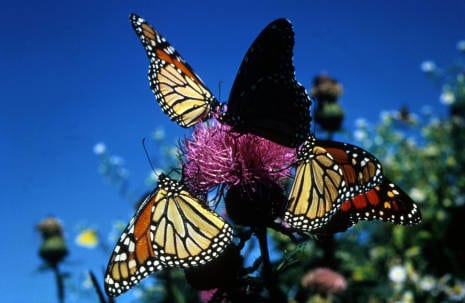
Measuring the impact of social media posts can be tricky.
Many social media measurement strategies revolve around “vanity” metrics like reach, impressions, shares or retweets, but those KPIs can be misleading. Just because a tweet is retweeted multiple times doesn’t mean users are actually clicking on the link found within.
So communicators must separate quantitative and qualitative metrics—volume vs. quality—to get a more complete picture of how social media posts are faring, says Danielle Brigida, national social media manager for the U.S. Fish and Wildlife Service.
“What I love about social media is there are multiple ways to engage,” Brigida says. “So I’ll share something and it’ll do very well, people will share it and make it their own, but social media is more than that—it’s about interactions.”
Brigida, who will speak about social media measurement strategies at the upcoming PR News Measurement Conference April 21 in Washington, D.C., offered the following tips.
Comments Breed Content
Last weekend, a year-old post—about watching out for hummingbird nests when trimming trees—suddenly lit up the U.S. Fish and Wildlife Service’s Facebook analytics.
“Normally, I’d wait until April to post that, but it was so popular we decided to take some of the questions in the comments thread and create a blog post around them,” she said. “Seeing an old post start circulating again, reading through those comments and wondering what content we can create is really valuable.”
The Service made a similar move recently when Brigida noticed a lot of recurring questions around what constitutes poaching, leading to a new webpage on the organization’s site.
Brigida uses quantitative data to understand not just what story to tell, but how best to tell it. For instance, she recently did a poll of all the organization’s posts about monarch butterflies and noticed the top posts all featured multiple butterflies. “It shows that’s what pulls people in,” she says.
Document Your Wins

When Brigida wants to convey her social media successes with supervisors, metrics such as shares and likes are often highlighted. But qualitative data can also be a useful tool in demonstrating the power of social media.
“Anytime I can answer a question, I put it in a 'power of commenting' folder that shows how these interactions can help,” she says. “If I can give somebody a good resource, or if they have a complaint, even just to tell them that I heard them is important.”
That “power of commenting” folder is used to help train others in the organization on social media best practices. It’s also shared with the organization’s customer service department and helps to inform improvements on the Service’s website. And that folder is also used to demonstrate to senior management the importance of a dedicated social media presence.
Learn more from Danielle Brigida at PR News' Measurement Conference and Social Media Boot Camp, which will be held April 20-21, 2017, at the National Press Club in Washington, D.C. Brand communicators from Bayer, Marriott, Amtrak, Citrix and many more will forge the future of data- and analytics-driven PR and social media.
Reach vs. Engagement
One common mistake organizations make with social media measurement is in placing too much emphasis on how many eyeballs have seen a post, and not enough on making personal connections.
“It’s pretty common that we get wrapped up in the big numbers and not necessarily the qualitative stuff that can spark a conversation or a new piece of content,” says Brigida. “But social media isn’t just about reach, it's really about listening.”
While having a set, consistent content plan—and documenting its effectiveness—is important, organizations shouldn’t be married to them, Brigida says. Part of understanding qualitative data is in the need to comment in real time.
“People get very into the specifics of a content calendar and they forget the heart of this is about connection and being part of a community,” she says. “So much of our job is figuring out what people need, and that’s largely why we’re on social media.”
Connect with Danielle: @starfocus
Connect with Jerry: @JAscierto
